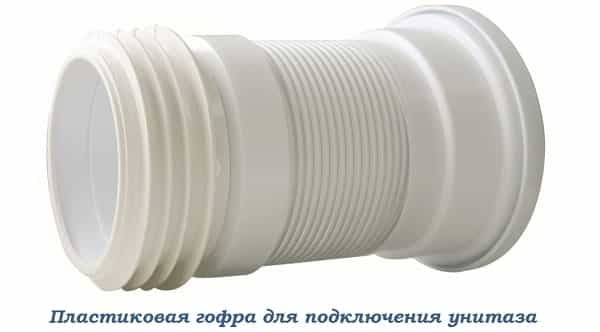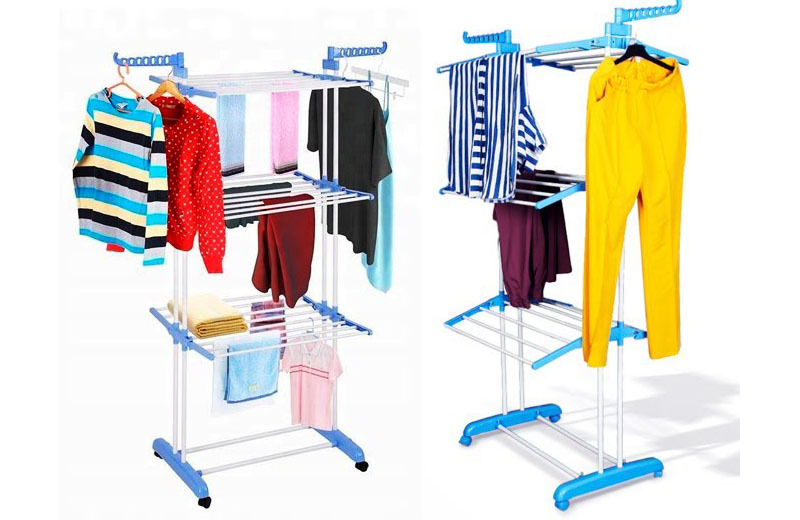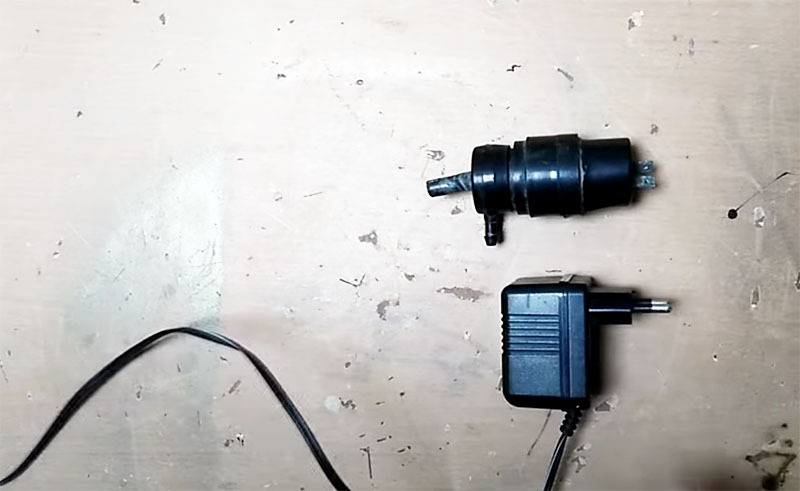Cabinets can be made in a separate enclosure and built.
Built mounted directly to the wall space at their location. The advantage of individual models is the ability to disassemble, move and put in any place. Hull model always have a back wall of the cabinet. It insulates the interior of the cabinet, making it aesthetically pleasing, especially if the wall behind it is uneven, without finishing. The rear wall of the enclosure is rigidly holds the entire structure, strictly keeps it upright.

The rear wall of the cabinet is made of wood-fiber boards (MDF).

For safety and reliability needed
do of chipboard.
Sliding wardrobe is divided into sections, drawers, shelves and filled with things very uneven. Under the influence of the load compartment case may be deformed. To prevent this, apart from the rear wall, may be provided in special stiffening ribs.

Also the rear wall, may be provided in special stiffening ribs.

Wood-fiber boards have a good
margin of safety.
Content
- 1 What is the rear wall of the cabinet?
- 2 How to strengthen the back wall of the cabinet?
- 3 How to fix the wall in the joints?
- 4 VIDEO: Rear panel
- 5 50 photo-ideas: the rear wall of the cabinet
What is the rear wall of the cabinet?
The rear wall of the cabinet is made of wood-fiber boards (MDF), laminated particle board (chipboard).

One sheet may not be enough to cover the entire back surface.

Some people suggest to nail the rear wall cabinets with nails.
Wood-fiber plate consists of wood fibers, synthetic resins, fillers, water.
different:
- for general and special purpose;
- hardness - rock hard, solid, semi-solid, soft;
- in thickness.

Under the influence of the load compartment case may be deformed.

It is not recommended and the use of staple gun.
Plates may be smooth on one or two sides, lacquered, coated with a laminate film, artificial veneer. They also differ in the degree of response to moisture, fire, exposure to sunlight. The most commonly used types of solid: finely-dispersed fraction (MDF) or hardboard, and more solid, modern material HDF made of coniferous trees.

To overcome the problem, you can design a coupe of sections for
each of which would be enough single sheet.

It is best to use screws with a washer.
Chipboard is a mixture of sawdust and resin, which is exposed to high temperature and pressure, is transformed into a uniform, durable material.

the rear cabinet wall mount is not an idle question.

If you are using chipboard, first drill a hole in order not to
split the plate, and then screwed screws.
different:
- on grades, which are defined by an external product view;
- according to the number of layers;
- according to the degree of surface roughness: unpolished,
polished, laminated;
- density;
- some other indicators.
| properties | Fibreboard | chipboard |
| cost of | low | high |
| Thickness | 3-5 mm | 10,16,18 mm |
| Influence at strength design |
For high models are not recommended |
greatly enhances strength |
| moisture on the reaction, scratch |
One side with the uncoated surface can absorb moisture, deep scratches may damage the sheet | Laminated surface do not absorb moisture, and scratches are not cause significant material harm |
| Diversity flowers |
five colors |
unlimited the number of colors is not different from the color body products |
| Wall Mountable High cabinets | Complicated due little thickness plate |
Any fixture to the wall |
| parts compatibility | can only impose on each another that can be viewed |
Tab each other, organically and seamlessly with sides |
| Assembly | The assembly is done in "Lying" position, that requires additional space |
Cabinet is going to "Standing" position, almost in place install |

The rear wall of the enclosure is rigidly holds the entire structure, strictly keeps it upright.

It improves the rigidity of the construction and fastening the sheets in the slots selected by the cutter in the end uprights, cover and bottom of the product.
As you can see from the table, then, from what do the back wall of furniture, affects the appearance, ease of assembly, durability. The back wall of the cabinet, where the material of chipboard, in all respects better, but also costs more than five times. Of course, that its use greatly increase the weight of the product.

It insulates the interior of the cabinet, making it aesthetically pleasing, especially if the wall behind it is uneven, without finishing.

You need to use several sheets.
In the case of high-size models and a large load, such as a question books from which the rear wall of the cabinet must be made, it does not arise. For safety and reliability to do it from chipboard.

Cabinets can be made in a separate enclosure and built.

Sections are collected separately, then they are connected with each other in place of further product locations and form a unitary structure.
In other models, pictures, from which make the back wall of the cabinet may be of chipboard which is not only in thickness and density. Wood-fiber boards have a good margin of safety. You can also note the duration of operation (up to 30 years), while maintaining the original parameters of environmental safety plates.

To prevent this, apart from the rear wall, may be provided in special stiffening ribs.
How to strengthen the back wall of the cabinet?
the rear cabinet wall mount is not an idle question. Some people suggest to nail the rear wall cabinets with nails.

The advantage of individual models is possible
they disassembled, moved and put in any place.
Yes, this method allows you to do it quickly, but that mounting the rear walls of cabinets reduces the stiffness of the structure and its strength. This destroys the body and the wall material are further difficulties during dismantling of such a product. It is not recommended and the use of staple gun. It is best to use screws with a washer.

The rear wall of the cabinet,
wherein the material of chipboard, in all respects better, but also costs more than five times.
If you are using chipboard, first drill a hole in order not to split the plate, and then screwed screws. It improves the rigidity of the construction and fastening the sheets in the slots selected by the cutter in the end uprights, cover and bottom of the product. It is important to accurately match the size of a sheet fastened to the size of space being closed.

Chipboard is a mixture of sawdust and resin.
Fixing is carried out on the perimeter:
- the partitions and end walls;
- to overlap the top;
- a base structure;
- to overhaul fixed shelves.

They also differ in the degree of response to moisture, fire, exposure to sunlight.
How to fix the wall in the joints?
One sheet may not be enough to cover the entire back surface. To do this, use several sheets. In this case, the following options compound sheets:
- If the joint butt rests on the partition:
- the two sheets are pressed against the wall by means of screws with washer;
- overlapping sheets are joined;
- if the joint does not lie at the end of the partition:
- the two sheets are joined via mortise strap into which they are inserted;
- glued sheets.

Plates may be smooth on one or two sides, lacquered,
coated laminate film, an artificial veneer.
To overcome these problems it is possible to design the compartments of the sections for each of which a single sheet would suffice. Sections are collected separately, then they are connected with each other in place of further product locations and form a unitary structure.

Wood-fiber plate consists of wood fibers, synthetic
resins, fillers, water.
VIDEO: Back wall
50 photo-ideas: the rear wall of the cabinet





















































